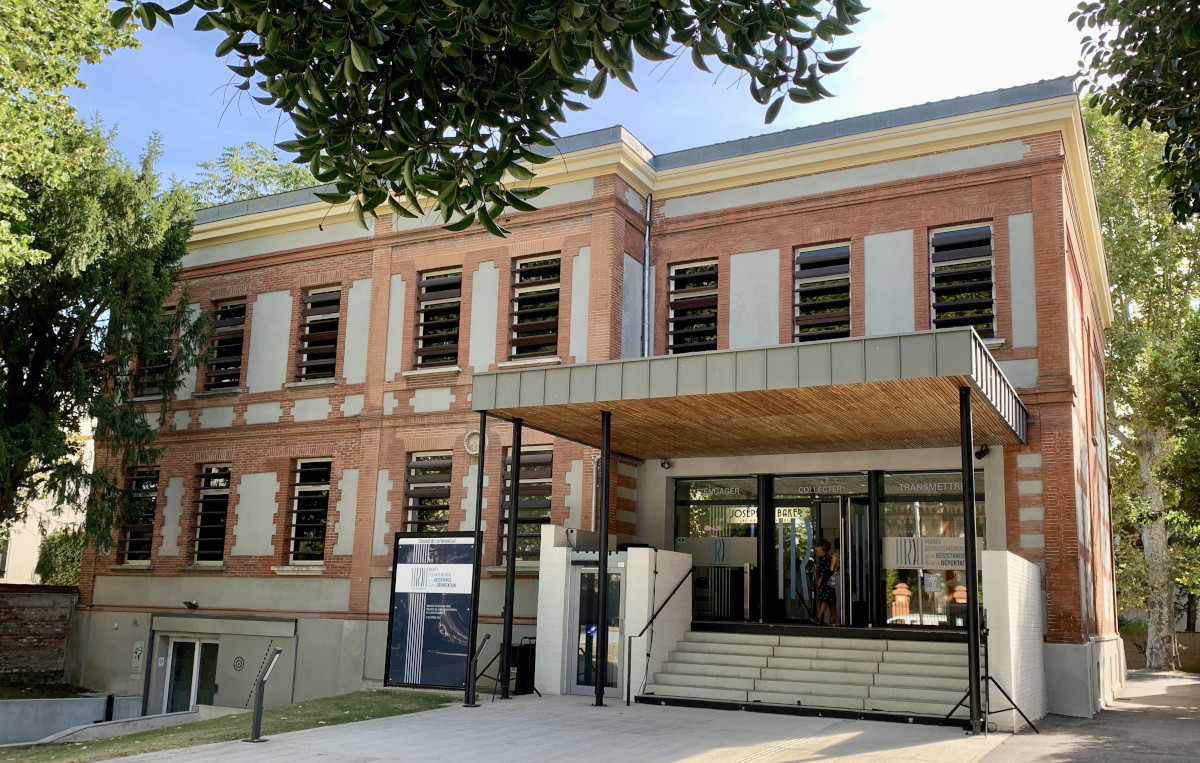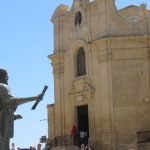How Toulouse fought back in World War 2
This post tells the fascinating story of the Resistance in Toulouse during World War II, based largely on the exhibits in the city’s Musée de la Résistance et de la Déportation. It gives a brief historical outline, highlights places in the city where key events happened and remembers some of those involved in the dramatic events of the 1940s. Finally, we recommend a book which tells the story from the perspective of one key player, an American gunner shot down in the area and helped by the Resistance to escape.
a little history
When the Germans occupied France in 1940, Toulouse remained in the so-called free zone, although still hit hard by deprivation, rationing and curfews. In 1943, German troops entered the city. Toulouse was already used to resistance, having welcomed 20,000 Spanish Republicans fleeing the Franco regime in 1936 and given them a base from which to operate. So, it’s no surprise that the city became a centre of the French Resistance against the Germans and a detailed history of this story can be learned in the city’s Museum of Resistance.
Places connected to the Resistance in Toulouse
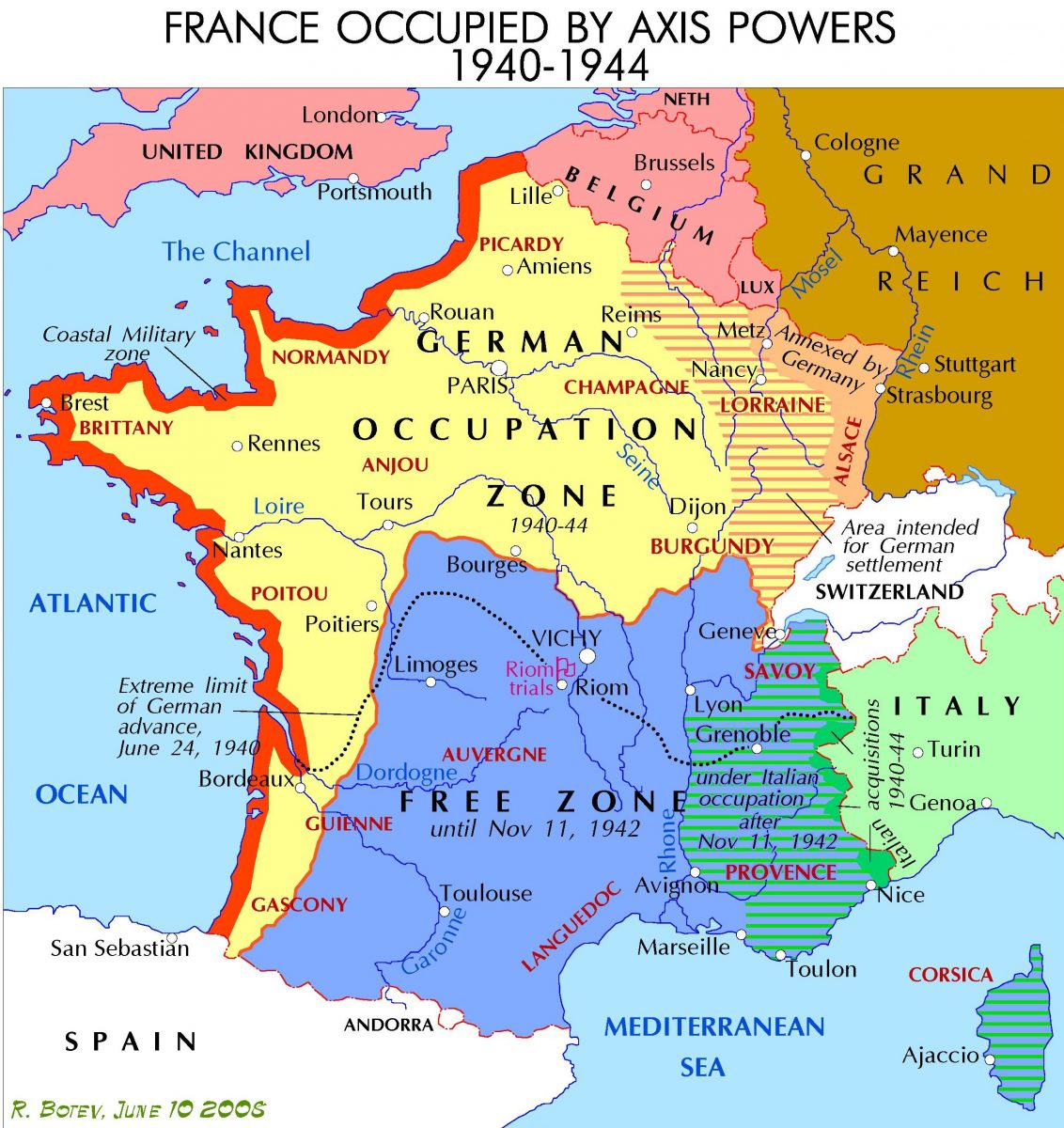
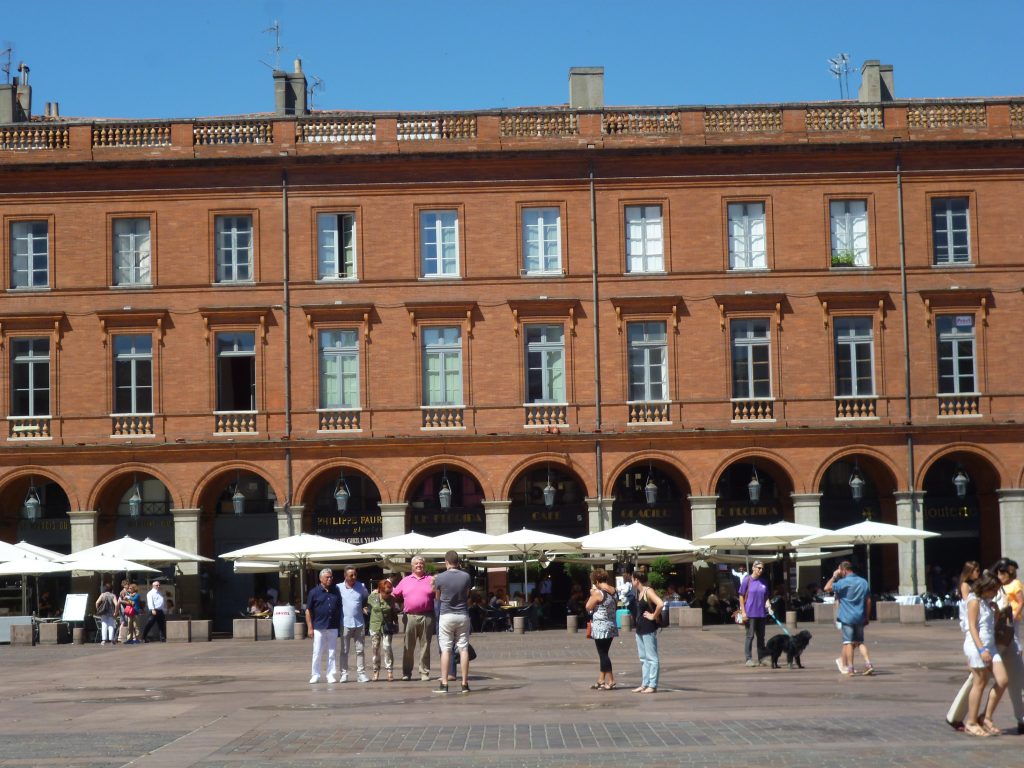

The Place du Capitole was the focus for demonstrations in passive resistance to the banning of the 14th July celebrations in July 1942 and ‘43. The cafes under the arcades were often chosen as meeting places by Résistants, hiding in plain sight. And it was here, in August 1944, that huge celebrations took place to mark the liberation of France. On 16th September that year, Général de Gaulle himself visited Toulouse and addressed the jubilant crowds here.
La Gare Matabiau, the main train station, played an influential role. It was from there that Jews were deported to the death camps and it was also here that the Résistants were active. Railways workers helped, for example by gathering information on troop movements and sending it to the Allies. Résistance members often used the station of course, and there were a number of high-profile arrests there.
The site of La Prison St-Michel is remembered in the metro stop St-Michel. It was the prison where enemies of the Vichy regime were incarcerated during the war. It was a terrifying place, near where the Gestapo had set up their headquarters in the city, where prisoners were interrogated and, in some cases, executed in the courtyard.
Certain shops and businesses were fronts for Resistance work. Silvio Trentin’s bookshop at 43, Rue du Languedoc, was a meeting place for resistants and those who wished to ‘faire quelque chose’ (‘do something’) The printing shop, L’Imprimerie des Frères Lion at 23, Rue Croix-Baragnon, was run by brothers Henri and Raoul Lion. They printed underground newspapers such as Le Populaire du Sud-Oeust and Libération ou Combat, and provided false papers for Resistants and would-be escapees. But in February 1944, they were discovered. German soldiers kept watch, then arrested all who came to the shop and imprisoned them at Saint Michel, where they were tortured, then deported to concentration camps, the men to Mauthausen and the women to Ravensbrück.
At the university’s Medical Faculty, professors and students made false papers, wrote for the underground press and provided medical aid for members of the Resistance and for injured pilots. At Le Lycée de Fermat, a secondary school, teachers joined the Resistance and one became the regional head of the FFI – Forces Françaises de l’Intérieur – the Free French resistance movement whose motto was obéir, c’est trahir, désobéir, c’est servir, ‘to obey is to betray, to disobey is to serve’. Disobeying the Germans was an act of patriotism … and bravery.
resistance heroes in toulouse
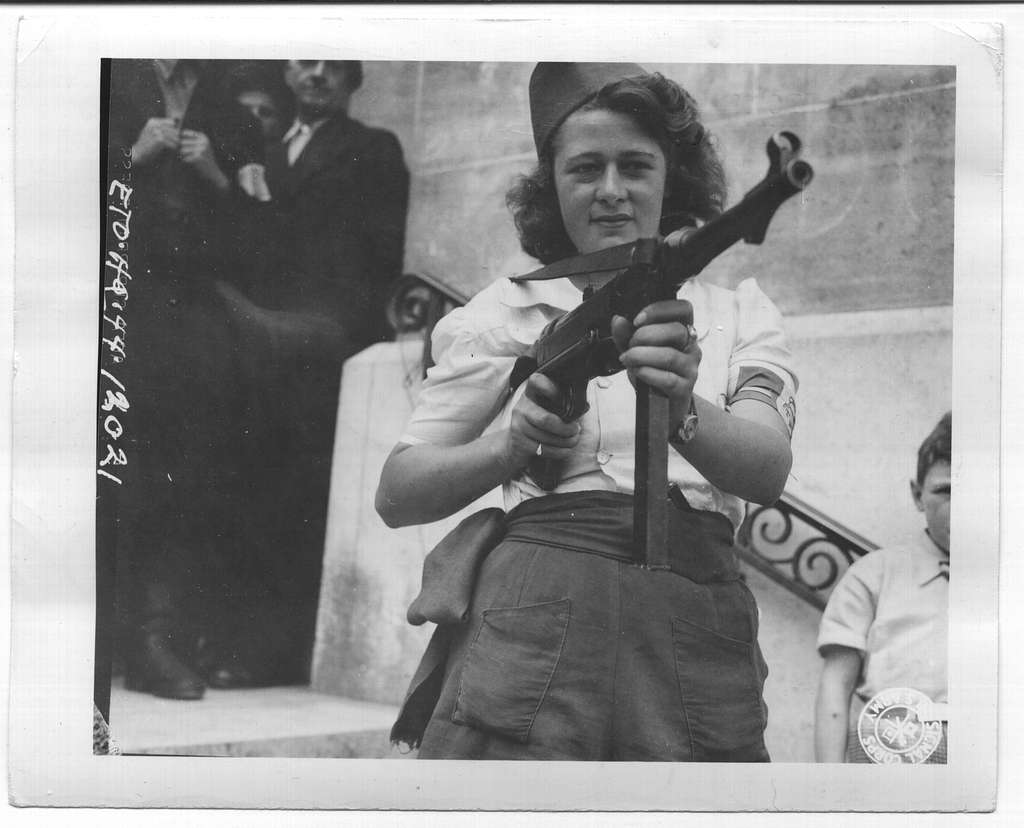

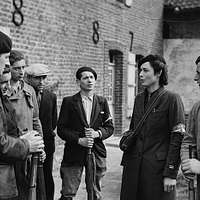
The Archbishop Jules Saliège, spoke out from his pulpit about what he called ‘the scenes of horror’ which he witnessed all around him. He sent a letter of protest to be read out in all the city’s churches – which was forbidden by the Nazis of course – and on Radio London. He supported those needing to escape by providing false papers and helping people to hide.
Marcel Langer, was a Polish Jew who joined the Resistance, and was actively engaged in such activities as sabotaging telephone wires and transport lines, until he was caught and executed at St Michel prison.
Augustine and Stanislas Mangelard agreed to hide weapons for the Resistance in their hotel, even though they were forced to billet German troops there. They were denounced, arrested and sent to the camps.
Marie-Louise Dissard ran an escape network for Jews and stranded allied pilots, searching out contacts, safe houses, false papers, and passeurs, people willing to guide others to safety. She also made costumes as disguises and is known to have helped 700 ‘aviateurs’ (pilots and aircrew) back to safety, over the Pyrenees to Spain and then on to London and beyond.
These stories and many, many others are told in the Musée de la Résistance in Toulouse and there is also more detail on the podcast. Near the museum is the Monument à la Gloire de la Résistance.
the lost airman: a true story
The Lost Airman is written by Seth Meyerwitz, the grandson of former American gunner Arthur Meyerwitz who was shot down near Toulouse in 1943, and managed to escape, helped by the Resistance. Based on access to family papers, plus research and interviews with people from the time, it gives an insight into life in wartime France, describing the swastikas hung all over Toulouse for example. And it tells of the bravery of all those who risked their own lives to help, organising safe houses, disguises and false papers and conducting escapees along safe routes to freedom. The book’s dedication reads ‘For my grandfather, Arthur … and the men and women of France who saved his life.’
Listen to the POdcast
Reading suggestion
The Lost Airman by Seth F Stevens A True Story of Escape from Nazi-Occupied France
links for this post
Musée Départemental de la Résistance et de la Déportation
Previous Episode The Capitole – Toulouse’s Town Hall
Next Episode 9 Museums in Toulouse
Last Updated on November 21, 2024 by Marian Jones

